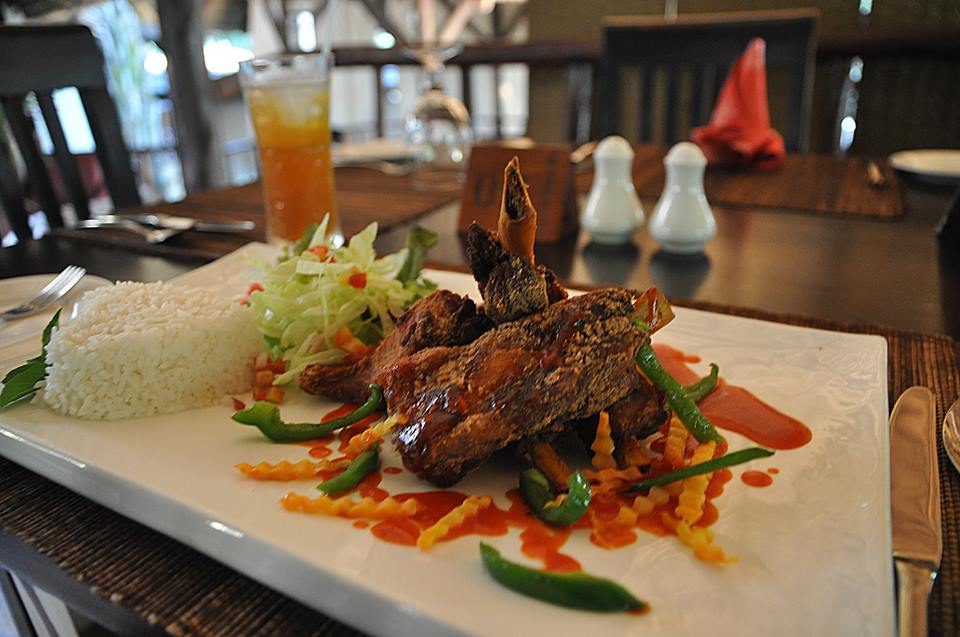Restaurant Adopting Menu Psychology: Reduce Food Portions To Maximize Profits

Uganda is the land of plenty and has been blessed with lots of food. The sad part is that most of us overlook this blessing.
The culture of small food portions has now been standardized in restaurants and hotels, which was not the case before.
This was only found in high-end dining places, where small, artfully plated dishes are served.
Menu psychology is being used by restaurants to influence a customer’s decision.
Menu psychology: This is a study of how a restaurant’s menu can influence people to spend more money. There are many tactics that restaurants use.
You might not realize it, but restaurants use this to get you to spend more money and consequently reach their target restaurant profits.
They do this by describing smaller portioned entrees positively on their menu by using terms like “lighter” and “healthier.”
This makes restaurants get away with the habit of serving small portions and charging high prices.
On the other hand, Chinese and Indian restaurants around Kampala have mastered the art of satisfying customers with large portions. This move has helped them have returning customers.
These restaurants are the go-to places for large groups. The portions are large, which makes it easy to have shared meals.
These restaurants supplement their menus with low-cost items including pastas, wedges, French fries, or rice, making it easy for a large group to have enough food.
A restaurant that charges a higher price and offers reasonable portions puts a dent in a client’s pocket, but the client leaves feeling satisfied and happy.
The feeling after you enjoy a tasty meal and have a big portion left for you to pack and enjoy much later is one of the reasons there’s an obsession with big food portions.
For those who think wanting big portions is unhealthy and gluttony, keep with your self-control and let the rest enjoy the big meal.
Restaurants need to rethink their portion sizes if they want to increase their customer base and have returning customers.
